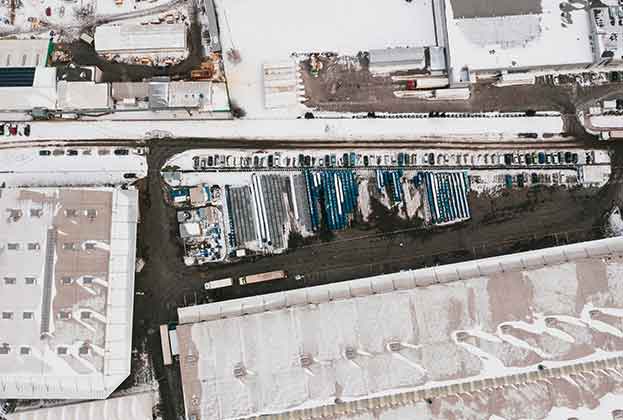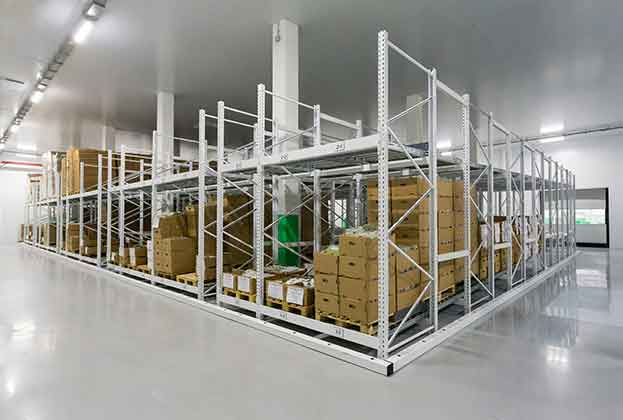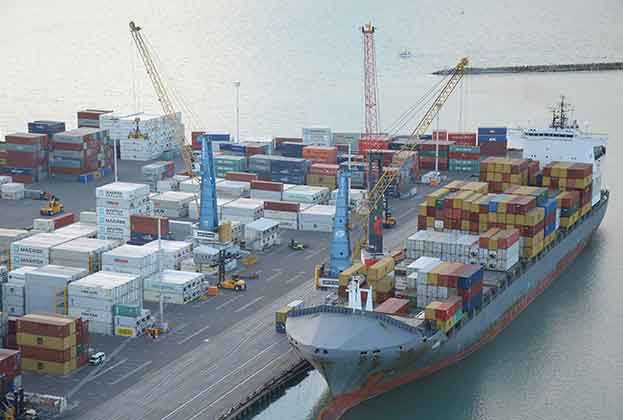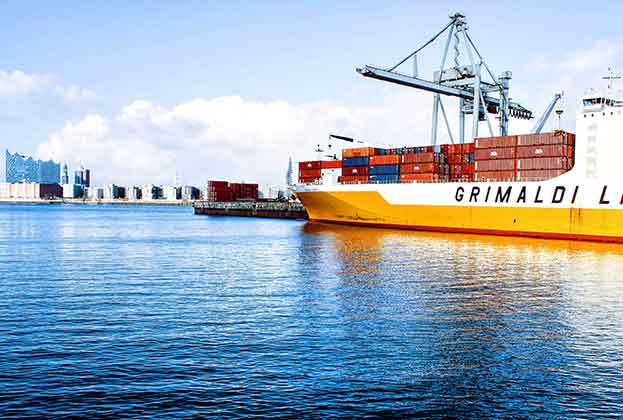Despite vacancy rates increasing, the industrial and logistics sector is still seeing rental growth, bucking historical trends. Is this an anomaly or the new normal?
One of the forces fuelling investment into industrial and logistics in recent years has been the solid fundamentals of the sector, with the market characterised by acute supply shortages even before take-up surged dramatically during the pandemic.
Prior to now, as vacancy rates decreased, reaching record lows during Covid-19, rents increased considerably as occupiers battled to secure limited space. In fact, data from MSCI shows that rental growth has averaged 6.5% per annum over the five years to 2023, exceeding all other asset classes tracked by the index.
What’s more, even as take-up fell and the vacancy rate rose last year, rents grew by 6.7% year-on-year for industrial and 7% for logistics. This is the second fastest rate of growth, only exceeded by 2022, which saw an increase of 12.8%.
Will we continue to see this level of growth?
With this in mind, plotting historical rental growth for distribution warehouses against the vacancy rate tells an interesting story. Using a line of best fit, we can take the prevailing vacancy rate to roughly calculate the expected rental growth in a year, and, at present, it is currently out performing its historical trend.
What does this mean?
First and foremost, we need to establish whether this is an anomalous reading capturing a post-Covid-19 lag, or a fundamental decoupling of the relationship between vacancy and rental growth.
Ultimately, rising vacancy rates bring the sustainability of this rental growth into question as we move further into 2024. However, using data from MSCI’s monthly index shows that this trend continued in the first three months of the year with annualised rental growth of 6.3% in March 2024, only marginally down on the previous March at 6.6%.
Based on Savills analysis, for rental growth to flat-line the vacancy rate would need to reach 10.3%, up from the current MSCI figure of 6.6%. It would also require total availability to reach circa 71 million sq ft of space, an increase of roughly 17 million sq ft.
Could we see this happen?
While it is possible that supply will rise further from its current level of 54 million sq ft, our in-house forecasting model suggests that it is more likely to trend downwards, especially given that speculative development announcements have largely tailed off. At present there is just 12.1million sq ft in the pipeline, a decrease of 20% on last year’s figure.
Also, last year 70% of all new leases were for Grade A buildings, and with occupiers continuing to place greater emphasis on ESG, it is expected that this combined impact will see rental growth maintained across many submarkets and sub-size ranges across the wider sector, as occupiers compete for best in class stock.
In short, rental growth has remained robust despite recent increases in the vacancy rate. Based on historical data, we believe the market is capable of absorbing significant levels of supply without triggering negative rental growth.
Further information
Contact Andrew Blennerhassett
Market in Minutes: UK Commercial







.jpg)

.jpg)
